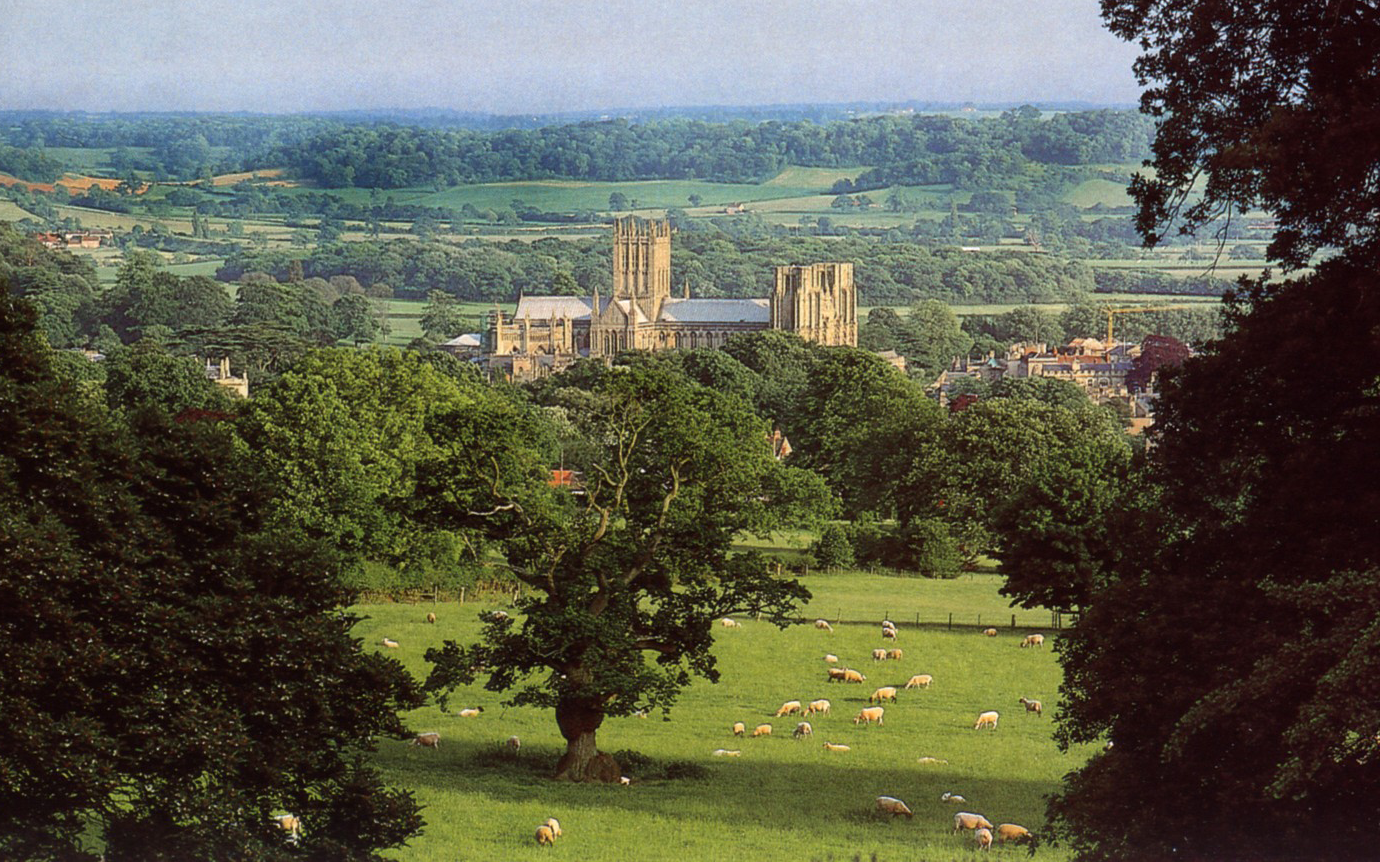Forest Bathing
Thursday 21st March was The International Day of Forests; established by the United Nations General Assembly in 2012 it is celebrated to promote the significance of all forest types. Forests cover about 31% of the global land area but just 13% of Britain is woodland.
From 1990 to 2020, the world saw a loss of 420 million hectares of forests, with a further 4 million hectares disappearing in 2022 alone—equivalent to 11 football fields per minute. From these stats you’d think trees were the enemy yet they take care of people every day, they provide nutritional foods, offer livelihoods, deliver energy and shelter, help combat climate change and can boost mental and physical well-being.
What is Forest Bathing?
Forest Bathing, also known as Shinrin-Yoku was established in Japan in 1980’s and has been proven to be a very effective tool to overcome the ill effects of a hectic life and stressful work environment. It helps reduce blood pressure, lower cortisol levels and improve concentration and memory. A chemical released by trees and plants, called phytoncides, was found to boost NK cell and improve the immune system. If that isn’t enough, forest bathing also lowers blood pressure and aids sleep.
Although it’s ideal to spend two to three hours absorbing your surroundings while forest bathing, just twenty minutes a day are needed to enjoy these benefits. You also don’t need a forest to practise, woodland will do just as well and you’ll get most of the results form walking in a park. So how do you ‘bathe’ in a forest?
The key is mindfulness: maintaining a moment-by-moment awareness of our thoughts, feelings, bodily sensations and surrounding environment.
How to Bathe
The 3 key values of a healing forest walk are silence, going slow and focusing on our senses, here are some examples of how:
Sound: Listen to the sounds of the forest. Count how many different sounds you can hear. Can you hear the stillness that holds all the sounds?
Sight: Search for a spot where you can see an entire tree. Slowly trace the outline of a tree with your eyes, starting from one edge at the base of the trunk. Move your gaze up, covering all the minute details that define the boundary of the tree. If you find your mind wandering or racing, bring it back to the outline of the tree and complete your tree tracing slowly.
Smell: Take deep breaths to soak in the scents of the forest. Every object in nature has a unique smell. Pick up interesting objects and smell them to create a memory of the moment.
Touch: Sit on a rock or tree stump with your feet firmly on the ground. Hold a piece of the forest in your palms – A pebble / a leaf / a blade of grass. Close your eyes and pay attention to the touch. Connect with the forest. Connect with the earth.
Taste: Carry fruit or some tea with you. Eat the fruit slowly. As slow as you can. Imagine the sunlight that feeds the plant becomes the fruit that becomes a part of you. Observe how everything in nature is interlinked with each other.
Local Opportunities for Forest Bathing
The Combe, Ash Lane & Bristol Hill, BA5 3AQ
Open from Easter until October, The Combe is an eight acre arboretum and woodland garden, a stones throw from Wells city centre. There are many fine old trees including a hundred feet high chestnut, a great oak, a Cedar of Lebanon and a beech with a girth of fourteen feet.
Stockhill Wood, Priddy, BA5 3AS
A coniferous woodland renowned for its nightjar and long-eared owl populations.
Lead mining activity activity has led to the gruffy ground of lumps, bumps and rock outcrops you see today.
Medium sized car park, picnic benches, and a range of tracks to explore.
East Harptree, Priddy, Bristol, BS40 6DA
A small conifer woodland with fine views of the Chew Valley from the grassland area nearby. In front of the Chimney there is a pond where you can see dragonflies in the summer months.
Short hard-surfaced walking trail and car park
Ashton Hill, Bristol, BS48 3QU
148 acres of mixed woodland including a magnificent stand of Californian Redwoods (Sequoia) with a bench providing an ideal spot for mindful contemplation.
Many of the larger trees in the woodland date back to the 19th century.
Circular hard surfaced trail and car park.
Save our Forests
Campaign with the Woodland Trust.
Sign the petition to urge the UK government to protect trees
Start Re-Wilding




